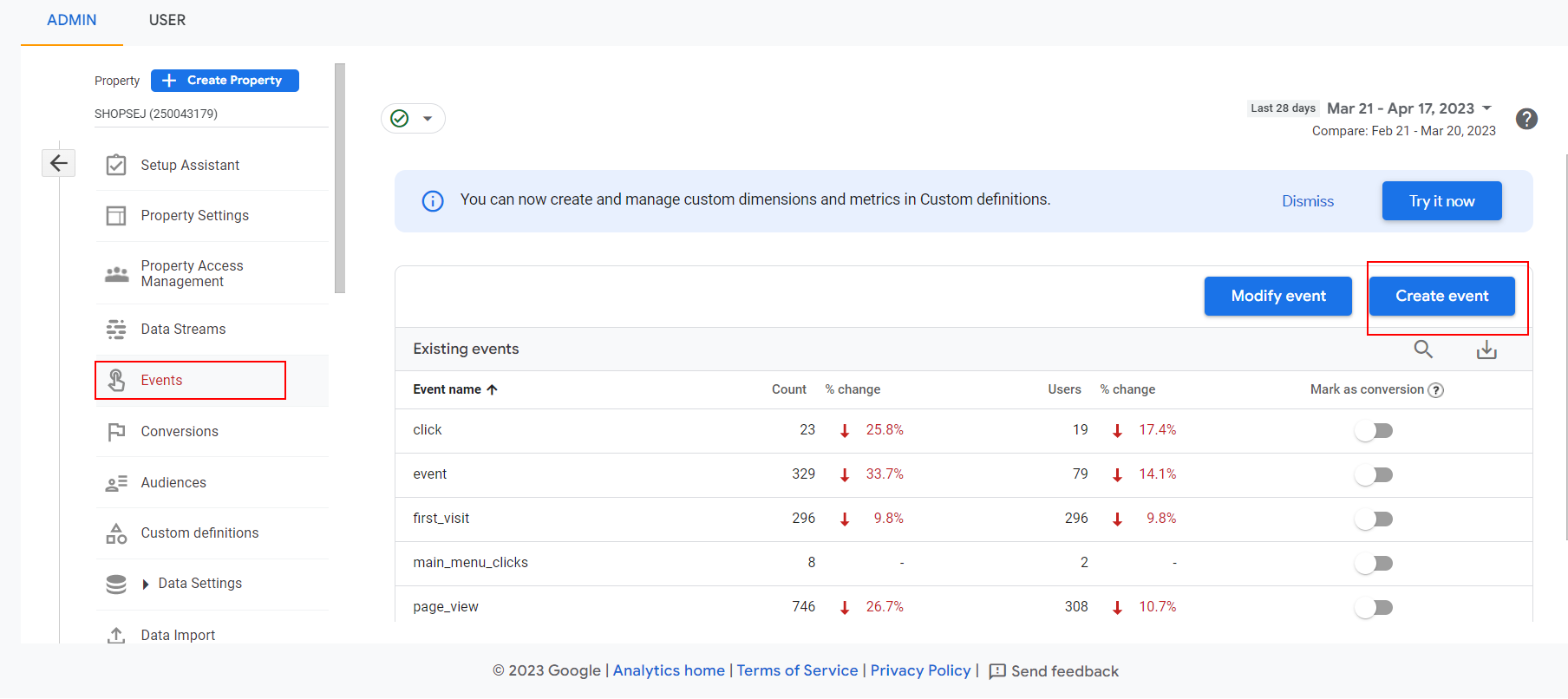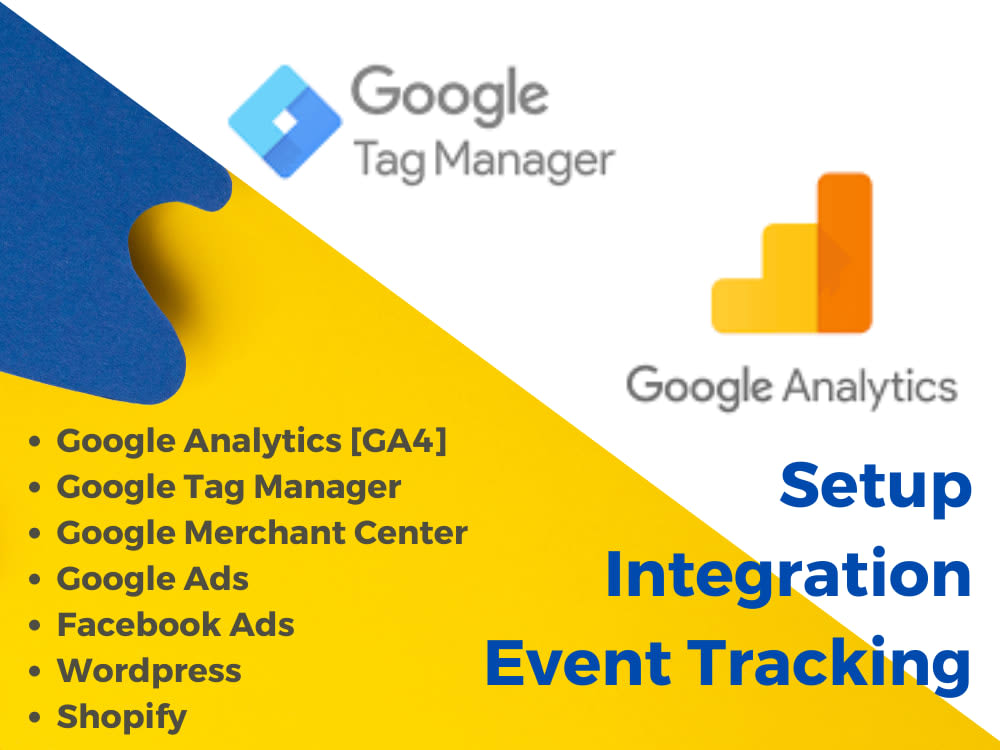See This Report on Google Analytics Event Tracking
Table of ContentsThe Best Strategy To Use For Google Analytics Event TrackingThe Ultimate Guide To Google Analytics Event TrackingGoogle Analytics Event Tracking Fundamentals ExplainedGoogle Analytics Event Tracking Fundamentals ExplainedThe Definitive Guide for Google Analytics Event TrackingGoogle Analytics Event Tracking for Dummies

If you're mosting likely to set up occasion monitoring by hand, then you're going to need to include some additional code to the aspects you intend to accumulate information from. The code you're going to deal with will certainly look something such as this: There are four components within that code snippet that you're going to need to specify on your own: occasion, Group, event, Activity, occasion, Tag and event, Worth.
As you can see, two of these are called for (group and activity) while label and value are optional. All of it depends upon the sort of information you desire passed on back to Google Analytics when a user clicks on the specified component (Google Analytics Event Tracking). It will certainly be a lot easier to specify these parts if you analyse your web site and make a decision which elements/actions you intend to track
The Only Guide for Google Analytics Event Tracking
Currently, you'll be asked to define the and and you'll wish to select from the drop-down food selection that shows up when you click. This will bring up the same event tracking components we checked out earlier, which you'll need to complete. As soon as you've specified these, you can relocate down to the 2nd box and choose the trigger that will certainly discharge your tag.
On the next screen, you'll additionally have an area for calling your trigger and, if you click on package, you'll see a list of the different triggers you can choose. In this case, we desire to choose and after that pick the option listed below. You'll establish the trigger to only terminate when a component is clicked with an URL that contains the.
Every site talks. Prior to data analytics, we could not hear the voices of our sites. How do you know what your web site is claiming? Basic - Event monitoring! Occasion monitoring provides you a photo of how customers engage with More Info your internet site and business (Google Analytics Event Tracking). Do you need to know more? Then, continue reading as we discover everything you need to know, including what it is, why you need to track events, how to manage events information, and various other appropriate FAQs you might have.
Google Analytics Event Tracking Can Be Fun For Anyone
You can switch over in between your occasion groups, actions, and labels in the Top Events report. This record is essential for digging better right into research on a particular occasion group. The Occasion Pages record shows the pages where occasions are triggered. In this area, we can take a look at the top pages that drive events.
It reveals you the path they take as they relocate from one occasion to the following and assists you to determine which material engages your audience one of the most. Occasions in Google Analytics have 4 major elements. They are likewise a part of the event monitoring code. Google Analytics uses these codes to track individual communications and team them right into event records.
A listing of the criteria you can track on your site is on the. After examining all essential fields, you can click "X" to shut the window article source and return to the Summary food selection on the.
The 4-Minute Rule for Google Analytics Event Tracking

If you haven't done so, you might require to establish up a variable in the Google Analytics Setups box. After this, enter your GA tracking ID in the Tracking ID area.
To do this, comply with the next series of actions: After configuring the fields, select the "Triggering" section. When configuring your new trigger, click the "+" switch, then the "pencil" switch, after that select your trigger type.
Not known Facts About Google Analytics Event Tracking

When it familiarizes which areas and elements are leading clients via your conversion funnel, you still will not recognize. So, without event monitoring, GA reports will only count brows through as single-page sessions, also if users invest a great deal of time on one web page and involve with it dramatically (and a bounce).
But how does event tracking achieve this?Single-page sessions recognized as bounces start and conclude on the very same page. Without occasion monitoring, GA will certainly classify a user's see as a bounce if they do not browse to an additional web page, no matter how they communicate with it. A video-rich page can have a higher bounce rate if occasions are not tracked.
Indicators on Google Analytics Event Tracking You Need To Know
For GA to take occasion hits into account when measuring bounce prices, you need to select "Non-interaction event" as "False" throughout the GTM configuration. Setting "occasion goals" with event activity is an exceptional way to track customer activities you worth extremely, such as new lead submissions or click a phone call to action.